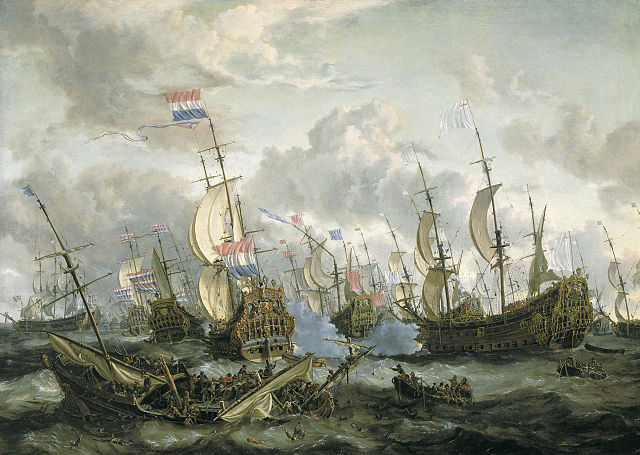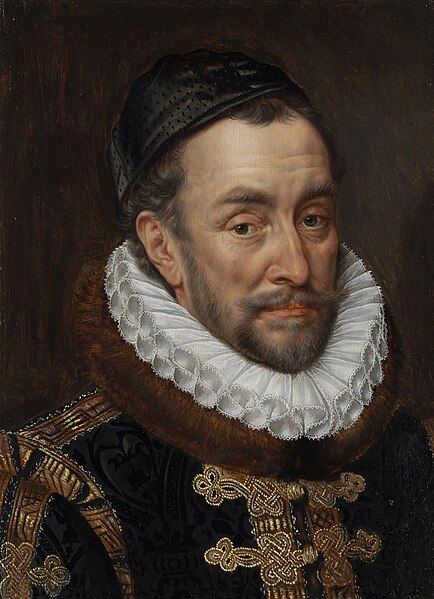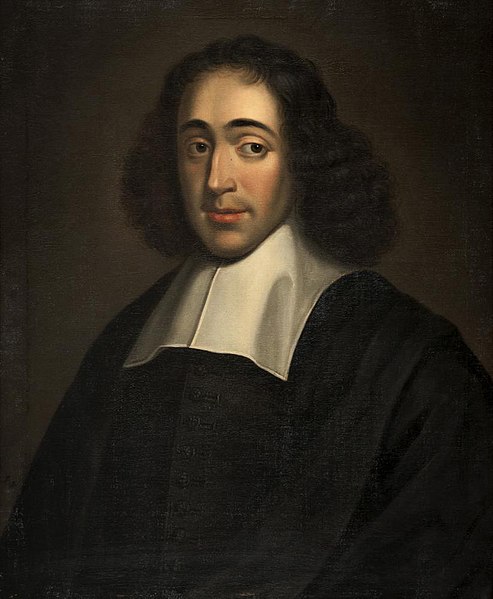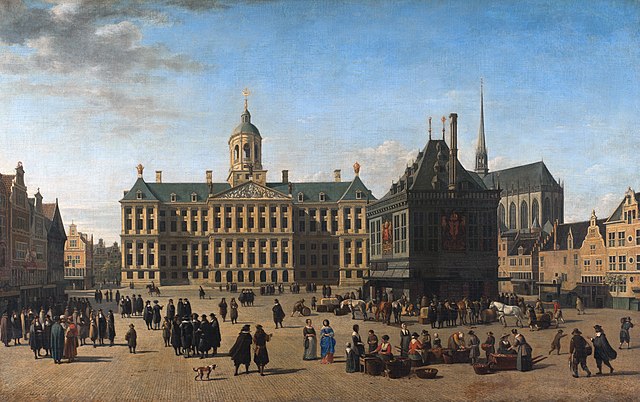The Anglo–Dutch Wars were a series of conflicts mainly fought between the Dutch Republic and England in the mid-17th and late 18th century. The first three wars occurred in the second half of the 17th century over trade and overseas colonies, while the fourth was fought a century later. Almost all the battles were naval engagements.
The Four Days' Battle, by Abraham Storck
Dutch factory at Ambon, early to mid-17th century
Before the Battle of the Downs by Reinier Nooms, circa 1639, depicting the Dutch blockade off the English coast, the vessel shown is the Aemilia, Tromp's flagship.
The Battle of Leghorn, 4 March 1653
The United Provinces of the Netherlands, officially the Republic of the Seven United Netherlands, and commonly referred to in historiography as the Dutch Republic, was a confederation that existed from 1579 until the Batavian Revolution in 1795. It was a predecessor state of the present-day Netherlands, and the first independent Dutch state. The republic was established after seven Dutch provinces in the Spanish Netherlands revolted against Spanish rule, forming a mutual alliance against Spain in 1579 and declaring their independence in 1581. It comprised Groningen, Frisia, Overijssel, Guelders, Utrecht, Holland, and Zeeland.
William of Orange, by Adriaen Thomasz Key.
Anonymous portrait of the Dutch philosopher Baruch Spinoza. He was of Portuguese-Jewish origin.
The Amsterdam Stock Exchange, by Job Adriaenszoon Berckheyde
Dam Square in the late 17th century: painting by Gerrit Adriaenszoon Berckheyde








